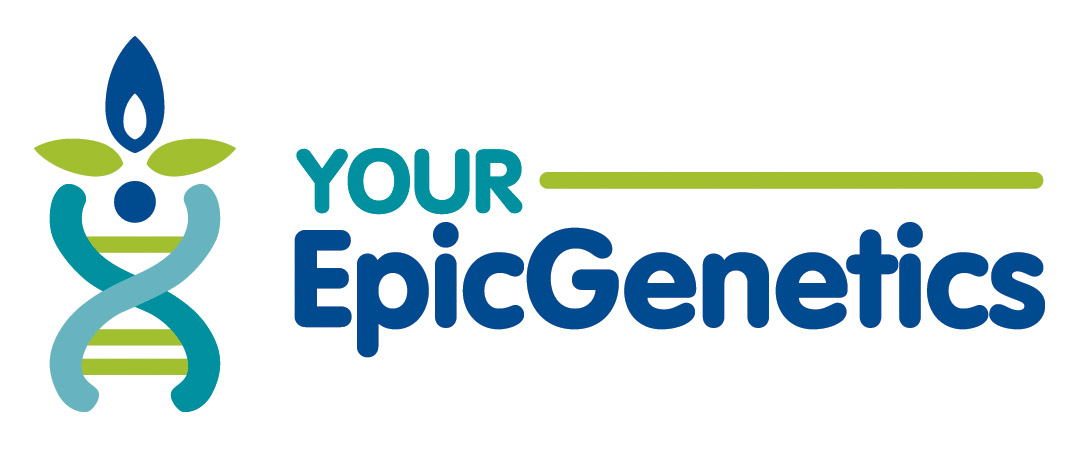Are you wanting to make health changes, and looking for a simple place to start? I recommend beginning by reading ingredient labels. In this article, I’m going to break down the importance of reading food labels, how to purchase packaged foods wisely, and ultimately, what ingredients you should be avoiding.
It’s not a perfect world…
In a perfect world, a person’s diet would consist only of nutrient-dense whole foods. Obviously, foods from nature, such as apples, carrots, spinach, banana, sweet potato, etc., do not contain ingredient labels. Organic veggies and fruits, organic pastured eggs and grass-fed meats are your power-players for whole-body nourishment. In a perfect world, we would avoid anything that comes in a package and processed in a factory. In real life, this is highly unlikely. In these real-life circumstances, let’s empower you with the information to make smart choices when you’re purchasing packaged foods.
Some common additives may not be harmless, according to research.
Not all packaged foods are created equal. Let’s look at a simple, guilty pleasure food, such as chips. You can purchase chips with three ingredients: potatoes, salt, and olive oil or you can purchase chips with twenty-five ingredients, including vegetable oil, maltodextrin, monosodium glutamate, natural and artificial flavor, dextrose, artificial color (yellow 6, yellow 5, and red 40), lactic acid, citric acid, sugar, disodium inosinate, and disodium guanylate. Which one sounds like something you would rather be putting into your body?
It’s important to pay attention to the ingredients on labels, because research suggests that artificial colors, flavors, and other added fillers and chemicals may be linked to illness and disease (1) (2) (3). For many beginning their health journey, a processed food with three ingredients may be just fine as a snack from time to time. Overconsumption of processed foods with multiple artificial flavors and additives may cause unwanted inflammation, weight gain, sensitivities, and possibly contribute to health issues down the road. Knowing and understanding what is in a food you plan to consume, (especially if it falls into the category of processed food or food-like substance), is one key to becoming a savvy, educated consumer.
Seeking out ingredients that can nourish, versus ingredients with the potential to contribute to the inflammatory process, is not as difficult as it may seem.
Simple steps
So where to begin?
The general rule of thumb that I recommend is to make sure you can pronounce and recognize each ingredient listed on the label. That’s to say, if you can’t pronounce an ingredient or if you don’t know what the ingredient is, put it back on the shelf and continue down the aisle. This rule will help guide you in purchasing the best-quality packaged foods until you’re able to investigate each ingredient listed and determine if it’s right for you.
Another tip is to look for labels that have the USDA Organic Seal on it. According to the USDA’s website, the organic seal signifies that the product does not contain nor use toxic/synthetic fertilizers, GMO’s (genetically modified organisms), antibiotics, synthetic growth hormones, artificial preservatives, flavors, or colors. Look for the butterfly label by the The Non-GMO Project to avoid GMO’s in packaged foods.
Ingredients to avoid
The most common ingredients to stay away from include gums used as emulsifiers (e.g. carrageenan, cellulose gum), refined sugars (e.g. high-fructose corn syrup, sucrose), synthetic sugars, (e.g. sucralose, aspartame), (4) “natural” flavors, and artificial colors. The Environmental Working Group, has a dirty dozen list of food additives to avoid, including nitrates and nitrites, potassium bromate, theobromine and more. If you’re interested in learning more about the why behind each of these, the Environmental Working Group has a food score database that will help you navigate the potential health effects of these processed and artificial ingredients. The EWG comprises each product’s food score by evaluating nutrition concerns, ingredient concerns, and processing concerns. They even have a convenient app that you can use while shopping to scan a packaged food to see it’s EWG score.
Most importantly, the focus should be on consuming organic vegetables and fruits, high-quality pastured eggs, and grass-fed meat. When shopping for processed foods in an imperfect world, choosing food items with clearly recognized ingredients on their labels will ultimately guide you in purchasing the best-quality foods to nourish and support your body.
Connect With Me and Next Steps
Stay connected, and receive your 5-Day Immune Support Meal Plan with Recipes, as my gift to you.
Feeling fatigued during the day? Overwhelmed and feeling anxious? Digestive issues, acne, or desiring a more balanced mood? Ready to take action? Schedule your Get Back on Track Session now.
xo Neeley at Your Epic Genetics
This information is being provided to you for educational and informational purposes only. It is being provided to you to educate you about healthy eating and living and as a self-help tool for your own use. It is not medical or psychological advice. This information is to be used at your own risk based on your own judgment.
For my full Disclaimer, please go to https://yourepicgenetics.com/index.php/disclaimer/
Sources:
- Kobylewski S, Jacobson MF. Toxicology of food dyes. Int J Occup Environ Health. 2012 Jul-Sep;18(3):220-46. doi: 10.1179/1077352512Z.00000000034. PMID: 23026007.
- Tobacman JK. Review of harmful gastrointestinal effects of carrageenan in animal experiments. Environ Health Perspect. 2001 Oct;109(10):983-94. doi: 10.1289/ehp.01109983. PMID: 11675262; PMCID: PMC1242073.
- Muthusamy Ramesh, Arunachalam Muthuraman, Chapter 1 – Flavoring and Coloring Agents: Health Risks and Potential Problems, Handbook of Food Bioengineering, Natural and Artificial Flavoring Agents and Food Dyes, Academic Press, 2018,
https://doi.org/10.1016/B978-0-12-811518-3.00001-6. - Harpaz D, Yeo LP, Cecchini F, Koon THP, Kushmaro A, Tok AIY, Marks RS, Eltzov E. Measuring Artificial Sweeteners Toxicity Using a Bioluminescent Bacterial Panel. Molecules. 2018 Sep 25;23(10):2454. doi: 10.3390/molecules23102454. PMID: 30257473; PMCID: PMC6222326.


Recent Comments